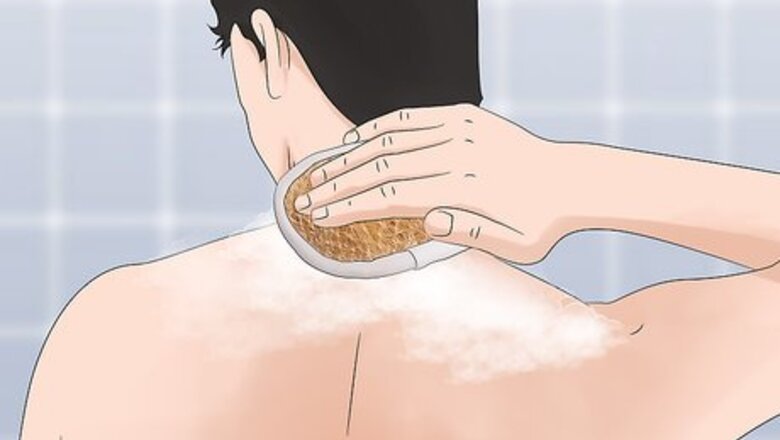
views
- Wash away any excess oils or skincare products in the shower before you put on a white shirt to prevent collar stains.
- Switch to an aluminum-free deodorant, or wear an undershirt beneath a white shirt, to prevent yellow armpit stains.
- Launder your white clothing with about 1 c (240 mL) of lemon juice instead of bleach to brighten their color.
Preventing Collar and Underarm Stains
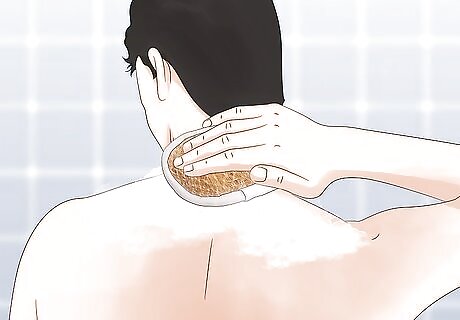
Wash your neck thoroughly before putting on a white shirt. White shirt collars tend to pick up built-up dirt, oils, and haircare products from the back of your neck, leading to grungy, yellowish discoloration. The next time you plan to put on a white shirt, jump in the shower first and give the back of your neck a good scrub with soap or body wash. If you don’t have time for a shower, wash the back of your neck with a soapy washcloth or a cleansing wipe before putting on your shirt.
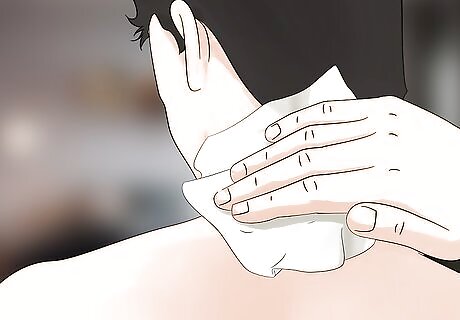
Wipe excess hair and skin products off your neck. If you tend to use hair products (such as gel or wax) or skincare products (like lotions or moisturizers), wipe the back of your neck before putting your shirt on. These products can easily pick up dirt and grime, and some may contain staining ingredients. Let any hair product dry before putting on your shirt, especially if your hair is long enough to touch your collar.
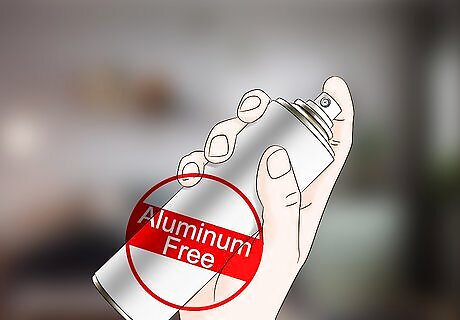
Switch to aluminum-free deodorant to prevent pit stains. The major culprit behind those aggravating yellow underarm stains is not your sweat, but the aluminum used in many deodorants and antiperspirants. A chemical reaction between sweat and aluminum creates the yellow discoloration. To prevent this problem, switch to a natural, aluminum-free deodorant that focuses on combating bacterial odors rather than blocking your pores. Look for deodorants that say “aluminum free” on the label, or make your own deodorant using household ingredients and essential oils. Some antiperspirants are formulated to both reduce sweating and prevent yellow stains. Look for deodorants that say something like “anti-yellow staining” or “fights stains on shirts” on the label. To fight wetness without shirt-staining aluminum, combine an aluminum-free deodorant with a sprinkling of absorbent Gold Bond or a little baby powder.

Wear an undershirt to protect your shirt from sweat. Undershirts provide a barrier of protection between your shirt and your body. They may be particularly useful for preventing underarm stains. If you perspire a lot, look for undershirts with built-in sweat guards.
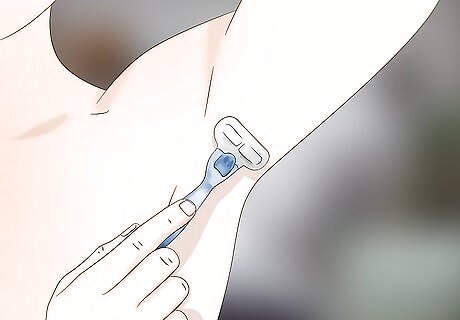
Trim or shave your underarm hair to reduce sweating. Having a lot of armpit hair promotes excess sweating, especially when the weather is hot. Protect your shirts from sweat stains and reduce your need for staining antiperspirants by removing some or all of your underarm hair.
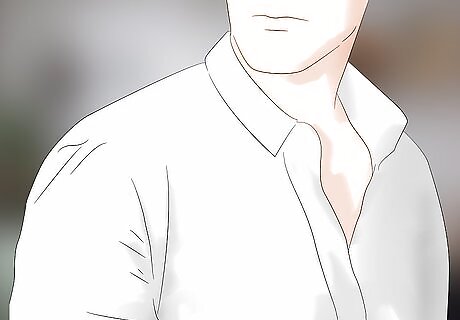
Wash white shirts immediately after wearing them. Catching and treating stains early is key to preventing them from taking hold. As soon as you notice discoloration starting to develop on your shirt’s collar or underarms, use a commercial pre-laundry stain treatment on the area. Wash or dry clean your shirt as soon as possible. Enzyme-based cleaners are especially good for tackling sweat stains.
Avoiding Stains during Laundering
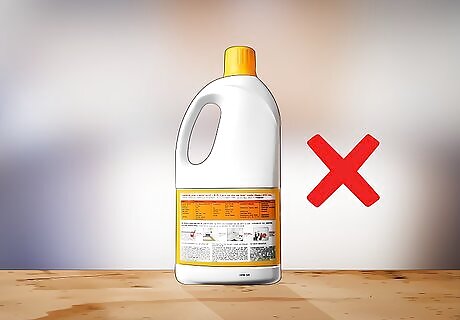
Minimize your use of bleach. While bleach is a common laundry-whitening agent, it can react with certain kinds of fabrics and create a yellowish discoloration. It is especially important to avoid using bleach on wrinkle-resistant cotton, polyester, or polyester blends.
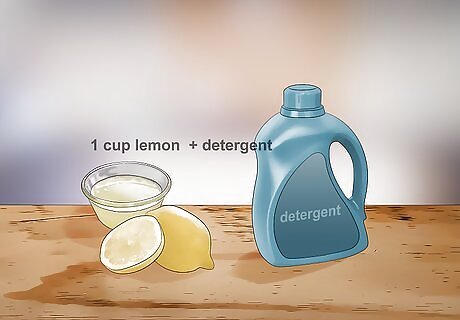
Use lemon juice as a bleach alternative. Instead of trying to brighten up your white shirts with chlorine-based bleach, add 1 cup (about .25 liters) of lemon juice to your wash along with your regular detergent. Wash only white clothes with lemon juice, as it can cause colors to fade. Alternatively, mix 4 tablespoons of baking soda to 1 liter of warm water and scrub. Let sit for 1 to 2 hours. Rinse and check to see if the stain is completely removed.
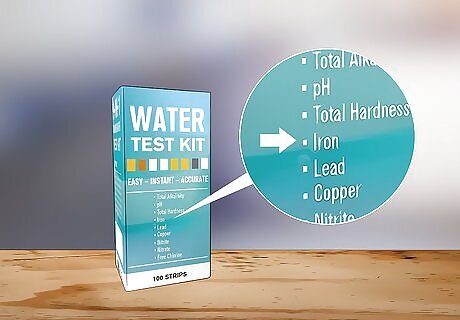
Check for iron in your water supply. If your white shirts are coming out of the wash with yellow or orange stains or discoloration, iron in your water may be the culprit. Get a home water-hardness testing kit at your local home supply store, or contact a certified water testing lab in your area and find out how to get a sample of your water tested for iron. If you live in the US, visit the EPA’s water lab network website to find an accredited lab in your area: https://www.epa.gov/waterlabnetwork.

Install a water filtration system if there is iron in your water. Iron stains are very difficult to remove from clothing, so the best way to protect your white shirts is to treat your water. If your tests indicate that your water is high in iron, you may need to install a home water filter or water softening system designed to treat iron-rich water. If you are not comfortable installing your own water filter or softener, contact a professional plumber. Someone at a certified water testing lab in your area may be able to advise you on the best type of filtration system for your home.


















Comments
0 comment